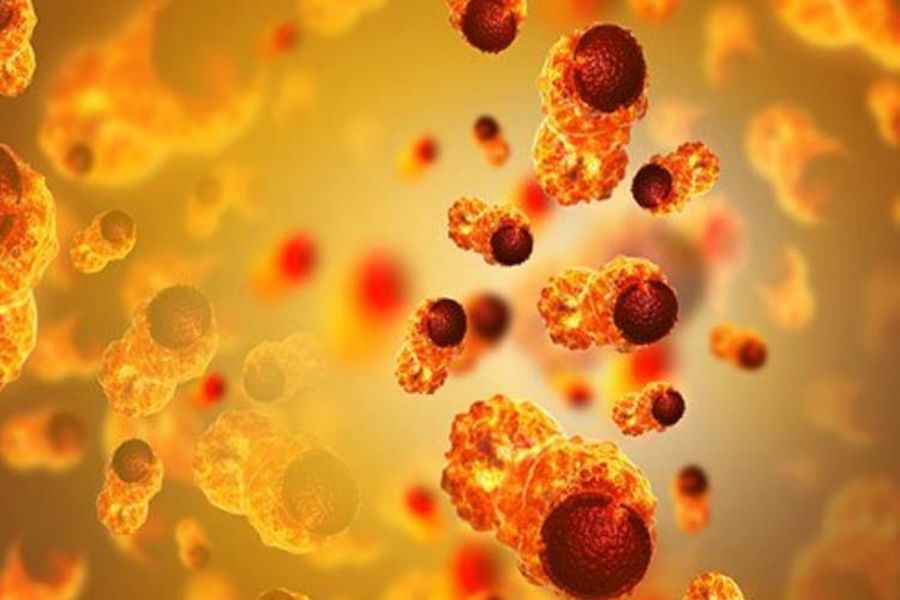
According to the researchers, this finding has several implications, including a step towards possible cancer treatment.
The research team from Washington State University has proved that a fatty acid named dihomo-gamma-linolenic acid (DGLA) may kill cancer cells. The research was published in July 2020 in the Developmental Cell journal. The researchers found that fatty acid named DGLA can induce ferroptosis (a type of programmed cell death) in an animal model and human cancer cells. Ferroptosis was discovered in recent years and has become an important factor for disease research because it is associated with several disease processes.
According to the corresponding author of this research, Jennifer Watts, this finding has several implications, including a step towards possible cancer treatment. DGLA is a 20-carbon ω−6 fatty acid found in small volumes in the body and hardly in the diet. DGLA is comparatively understudied compared to other types of fatty acids. Watts has been investigating dietary fats for around 20 years, using a microscopic worm named the C. elegans as an animal model. However, C. elegans is frequently used in the research as it is transparent and allows researchers to examine cell-level activity in its short lifespan.
Moreover, the results found in C. elegans cells could be transferred to human cells. During this research, the team fed a microscopic worm with a DGLA-laden diet and found that it killed all the germ cells, as well as stem cells that produce the germ cells. Moreover, the team found many symptoms of ferroptosis. Then the researchers joined forces with the research team from Stanford University to see if the results will translate into human cells, as they have been researching ferroptosis and its potential for fighting cancer. The team showed that DGLA can induce ferroptosis in cancer cells. Moreover, the researchers proved that C. elegans can be used as an animal model in the research of ferroptosis.






